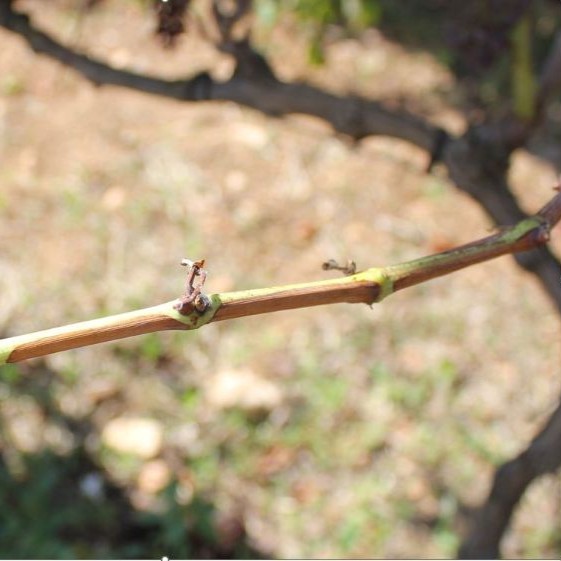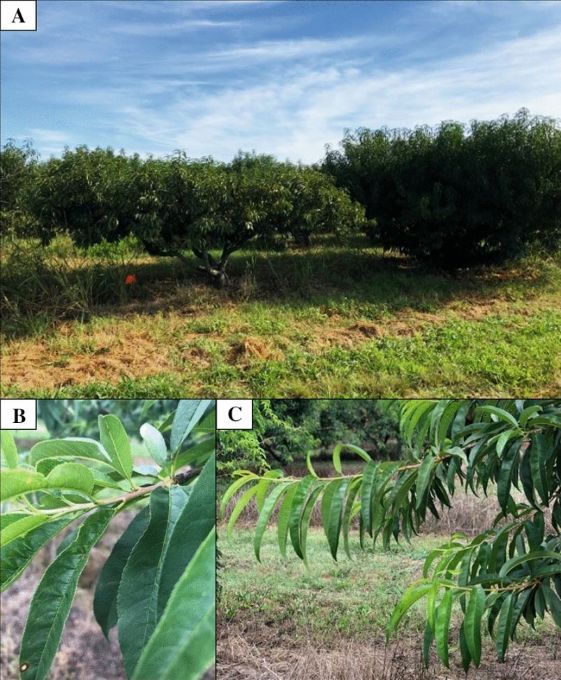About Xylella fastidiosa
Xylella fastidiosa is an invasive bacterial plant disease that is spreading around the world. It poses a threat to New Zealand’s environment and economy.
It infects more than 600 plant species, including native, horticultural, and ornamental plants. It's important we keep this plant disease out of New Zealand.
Xylella fastidiosa kills plants by blocking their water-carrying vessels, causing a typical leaf scorching symptom. There is no cure for the disease once the plant is infected. Help us to keep it out by being aware of symptoms in your crops and how to identify and report plants with suspected symptoms.
Specific information for your type of property
We've prepared specific information for New Zealand growers most likely to be affected if the disease gets here.
Why this is a problem for New Zealand
Xylella is one of the most important plant diseases that MPI wants to keep out of New Zealand. It is an invasive bacterial plant disease that is spreading around the world. We regularly find out about new host plants that Xylella can infect.
Overseas, Xylella has caused devastating diseases in crops like grapes, olives and citrus. These are important to New Zealand's economy.
Scientists have found the bacterium in some of our native plants that were growing in California.

How it could get here
Xylella is spread locally by infected insects when they move to a new plant after feeding on a diseased one. It could travel internationally on infected nursery stock. MPI has strict measures in place to limit the chances of infected nursery stock or insects coming through the border.
How to identify bacterial leaf scorch
Scorched leaves are a sign of some other plant diseases already present in New Zealand. Plants infected with Xylella show:
- scorched leaves
- browning
- loss of leaves
- stunted shoots
- reduced fruit size
- over time, dieback and death of the plant.

Foliar symptoms of infection on grape (Pierce’s disease). Photo credit: Diego Olmo, IRFAP, Spain.

Photo A: On the left is a tree showing phony peach disease symptoms compared to a healthy tree with normal growth (right). Photo B: shortened internodes on a tree with phony peach disease. Photo C: normal spacing between internodes on a healthy peach tree. Photo credit: Johnson et al. CABI Agric Biosci (2021) 2:29.
If you think you've found this disease
If you're an experienced grower and have found unusual signs of leaf scorch on host plants:
- photograph your plant
- call 0800 80 99 66
Note: This information is a summary of this disease's global distribution and potential impacts to New Zealand.








